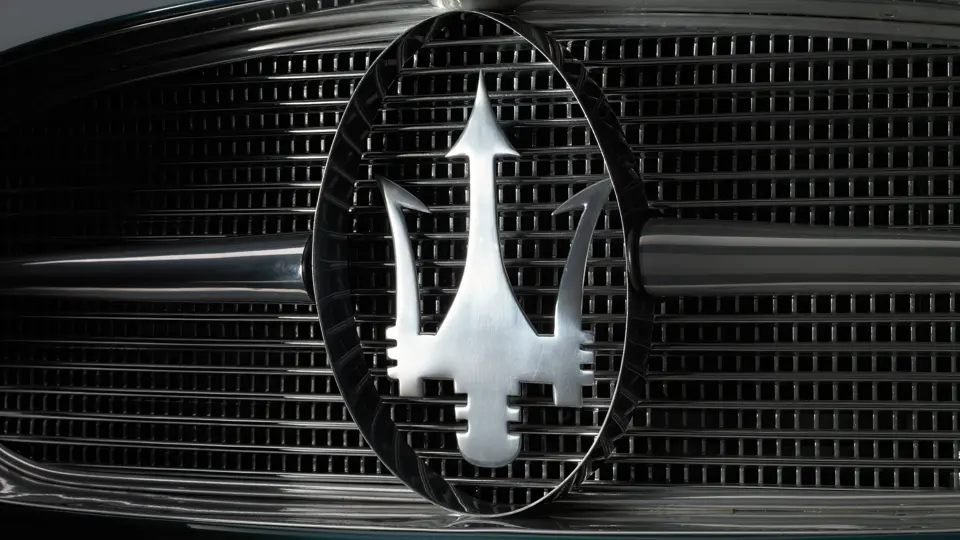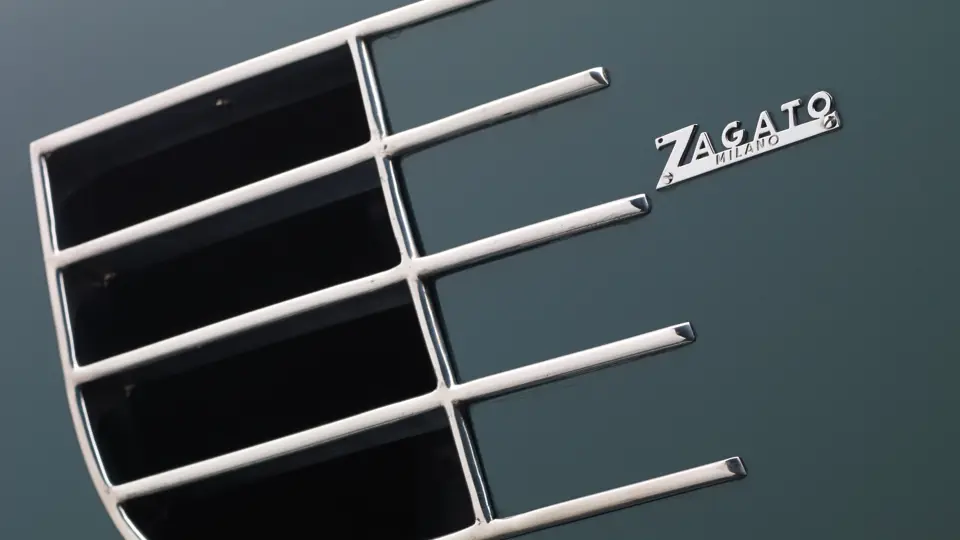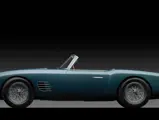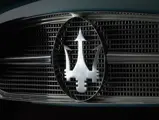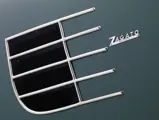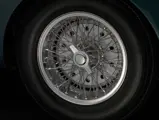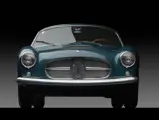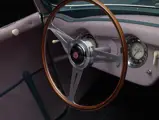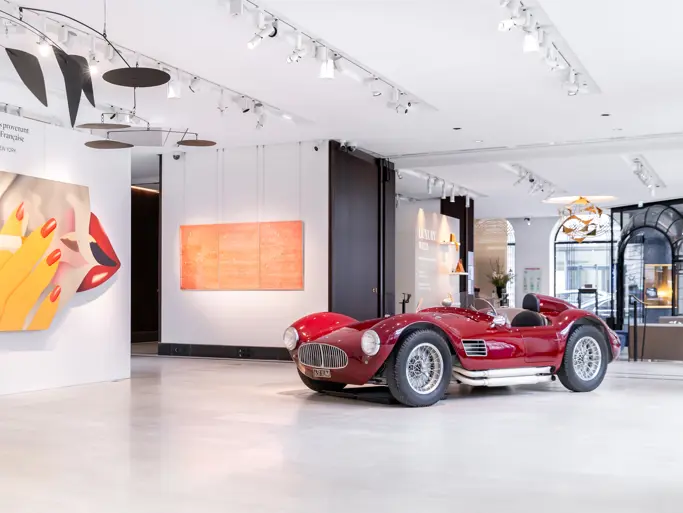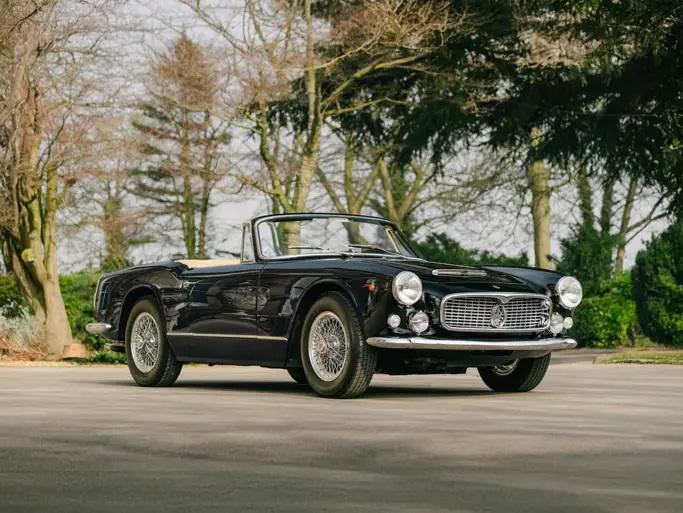Perhaps it was luck that Maserati’s most celebrated chassis was built during the time of a critical phase of innovation and evolution of Italian coachbuilders. The bodies that were now constructed were largely departed from the projecting wings and angular shapes of the 1930s, and they were more extravagant and daring in design. A variety of different bodies were constructed for Maserati by a plethora of coachbuilders, including Farina, Frua, Allemano, Vignale, and, most notably, Zagato. While appearance differed significantly between each coachbuilder, the vast majority of vehicles were outfitted with Maserati’s easily identifiable oval grille, as well as headlight and taillight assemblies. These were the height of Italian automotive style, and they were built at a time when Italy was becoming a fashion leader.
Ugo Zagato was an apprentice at the age of 15, to a coachbuilder in Germany, and he returned to his native Italy in 1909, to join Carrozzeria Varesina in Varese, which was known for their work on busses. During World War I, he was employed as a department manager for a company in Turin that was engaged in aeronautical manufacture. This experience allowed him to gain a greater understanding of aerodynamics and lightweight construction methods, resulting in him setting up shop on his own in 1919 and building his custom body on a Fiat 501 chassis. During this time, Zagato constructed bodies most notably for Alfa Romeo, but he was also contracted to construct truck cabs for Isotta-Fraschini, which continued until Zagato’s facilities were bombed during World War II. However, the company emerged again in 1946, with Ugo being joined by his son, Elio, and work resumed with Alfa Romeo and Fiat; later, Zagato would construct bodies for Ferrari, working, most notably, on the spellbinding 250 GTZ.
When Zagato first displayed their newest creation, a 1955 Maserati A6G/2000 that featured a one-of-a-kind spyder body, for the public at the 1955 Geneva Salon, it caught the eye of a Juan Peron, who requested to buy the car. He requested that additional changes be made in order to make the car perfect in his eye before sending it back to his home country of Argentina; so, it was sent back to Zagato, where some slight details were changed, namely a new front grille, windshield, and hood scoop. Emerging from the factory for a second time, it arguably looked better than it did on the stand in Geneva, but, sadly, Peron was never able to take delivery, and it fell back into the hands of Carrozzeria Zagato.
After the car made an appearance on the Maserati stand at the Paris Motor Show in 1958, in its new livery, the car was purchased by an American diplomat who was working out of the U.S. Embassy in that very city.
The car was subsequently purchased by Sherod Santos, a Lieutenant Colonel in the U.S. Air Force, who was also living in France with the car. Santos adored the car and drove it throughout Europe on many long-distance trips. At the end of his deployment, and upon his impending return home, he brought his Maserati to the factory, where it had some light servicing, to ensure it would function correctly at its new home, so many miles away from where it originated. Santos did bring the car back with him to the United States; however, he was eventually forced to sell it as the result of divorce. The car was purchased by a collector in California in 1969, and he recommissioned the car enough so that he could drive it on the weekends, but it remained largely unrestored.
It was purchased by Angelo Ferro in 1979, another resident of California, and he drove the car in a similar fashion before deciding that a car of this caliber deserved to come back to its original appearance and condition. Ferro considered sending the car back to Zagato to have it restored, but he found the car too difficult to insure in the United States, so he decided to park it in his garage, and there it stayed for quite some time.
After being stored for 20 years, Ferro utilized the expertise of his team Genoa Racing to restore his beloved Maserati, with engine number 201, back to its Paris Motor Show appearance. Finished just in time for a grand unveiling at the 2003 Pebble Beach Concours d’Elegance, the Maserati stunned the crowds with its voluptuous curves, incredible paintwork, and interior details. The car would go on to win Best in Class in the Post War Sports Car Class at The Quail: A Motorsports Gathering the next year. After winning Best of Show at Concorso Italiano in 2005, it was shown at numerous other concours events in the Golden State, where it drew just as must attention.
This Maserati is presented today from the collection of a prominent UK-based collector, and it has been very well-preserved and maintained, while also occasionally being enjoyed on the open road. As of this year, the car has been displayed in no less than two major concours events, the Concorso d’Eleganza Villa d’Este and the St. James’s Concours of Elegance, attesting to the historical importance and quality of this Maserati.
A Maserati A6G/2000 in any body style is a rare and desirable automobile; it is a treasure that is always in demand from the world’s finest collectors. Clothed in one-off Zagato coachwork, this example is nothing short of breathtaking. It is the epitome of la dolce vita, and it is unparalleled in its presentation of post-war automotive elegance.
Please note that an import duty of 2.5% of the purchase price is payable on this car if the buyer is a resident of the United States.






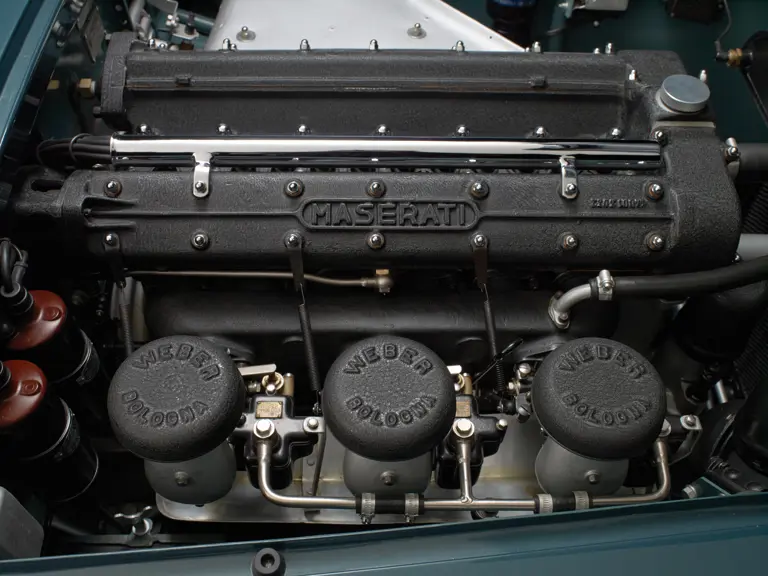
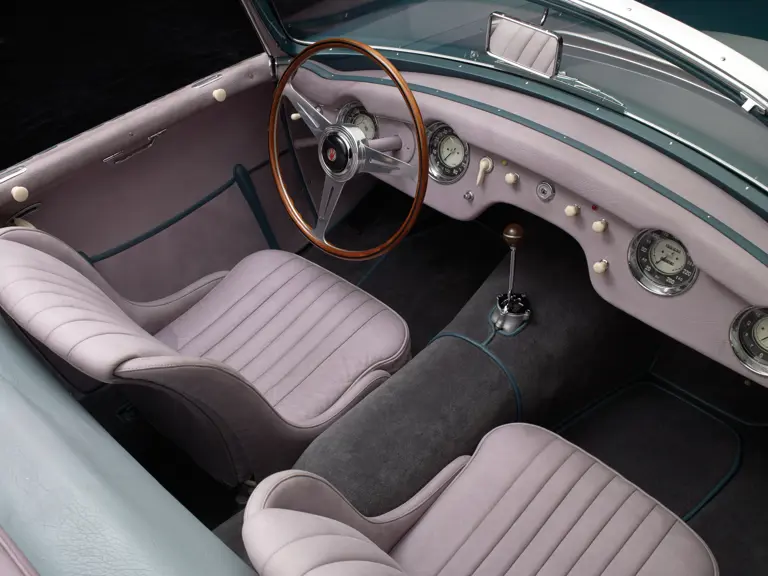

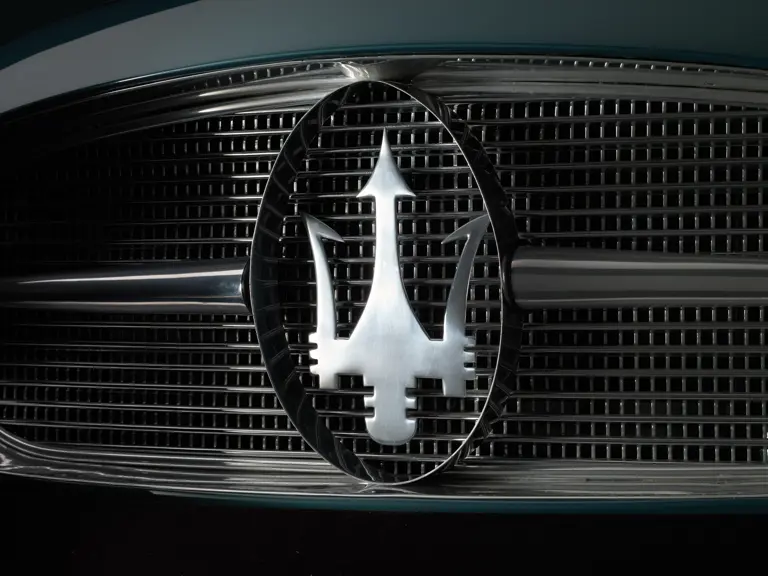
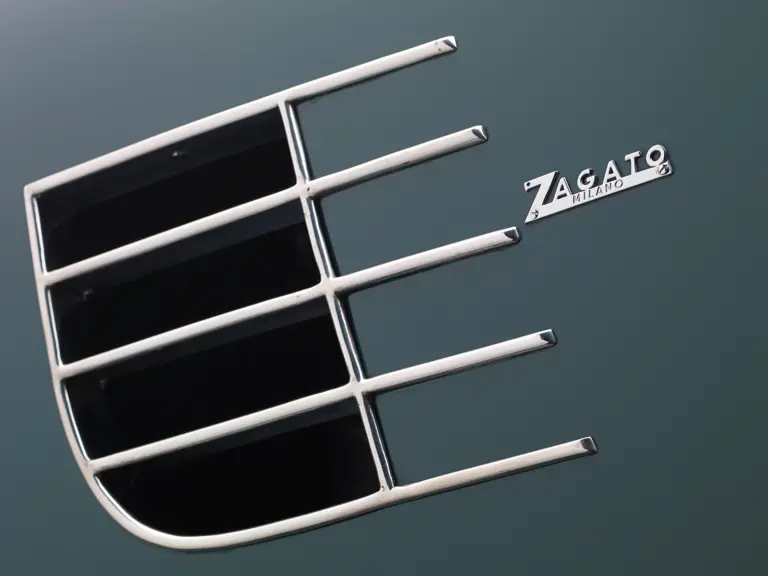
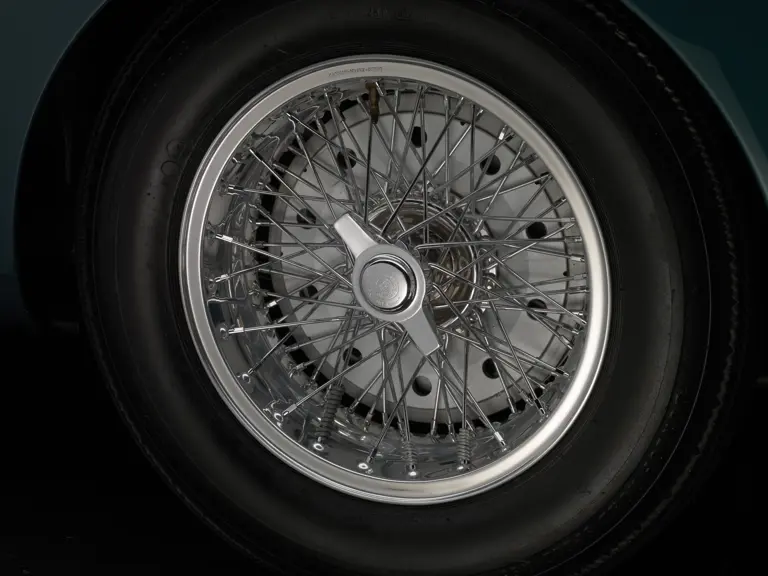
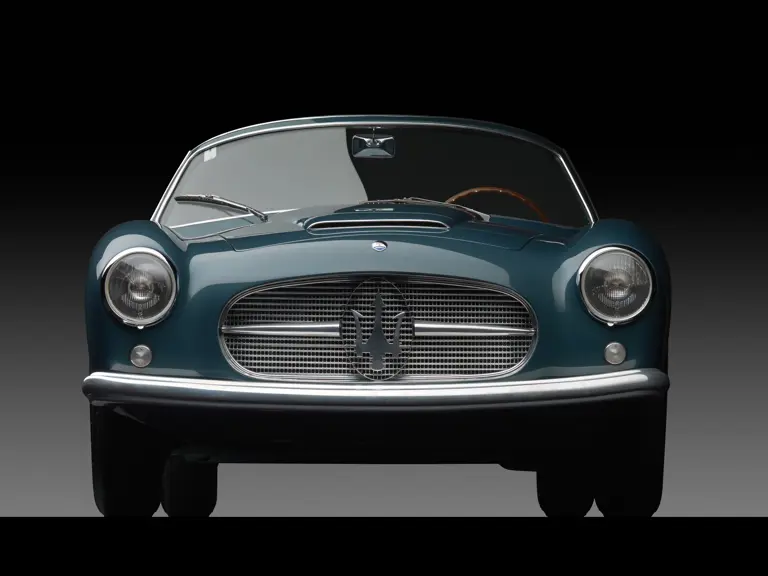
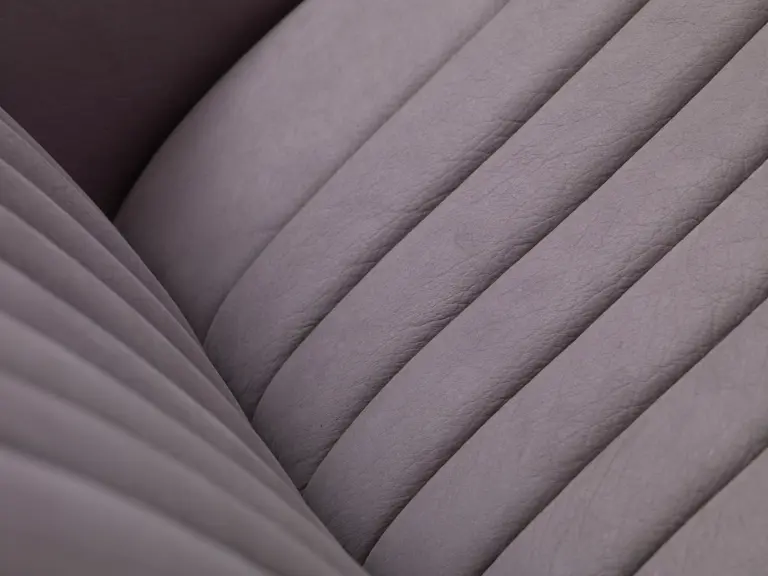
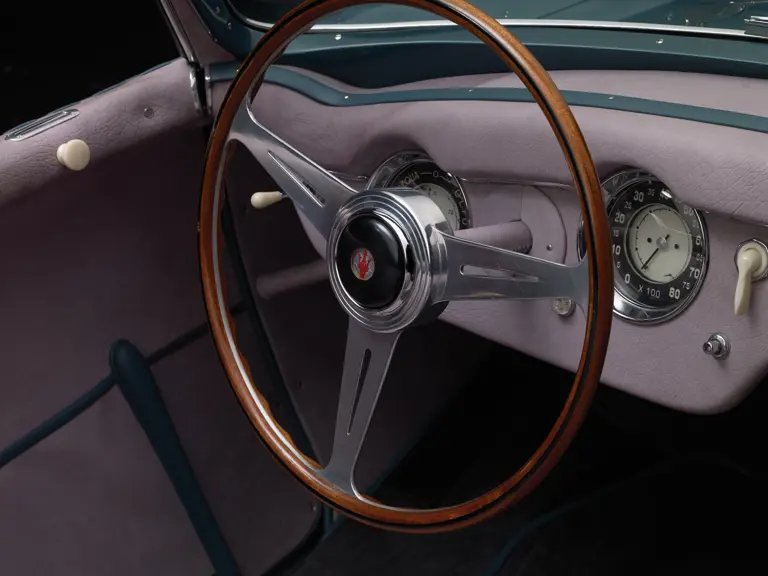
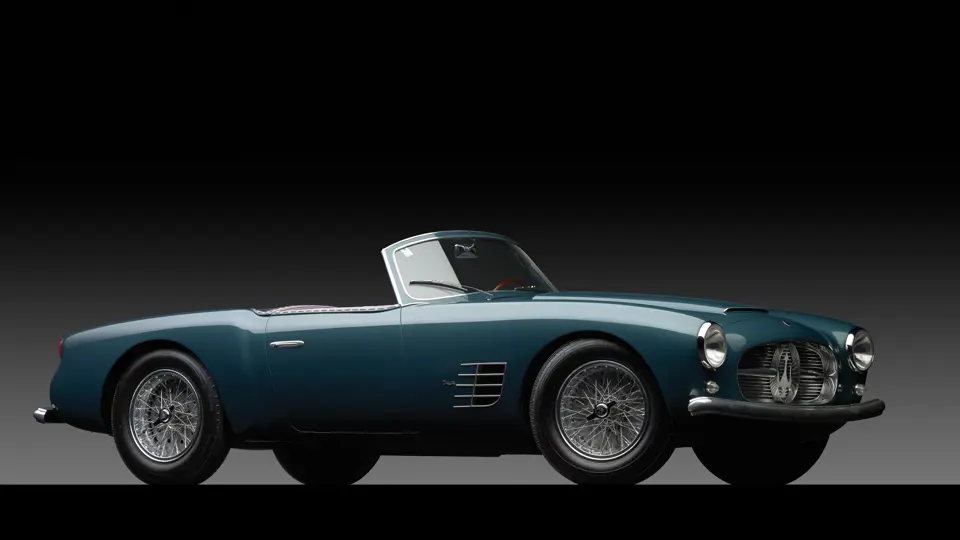
 | New York, New York
| New York, New York

